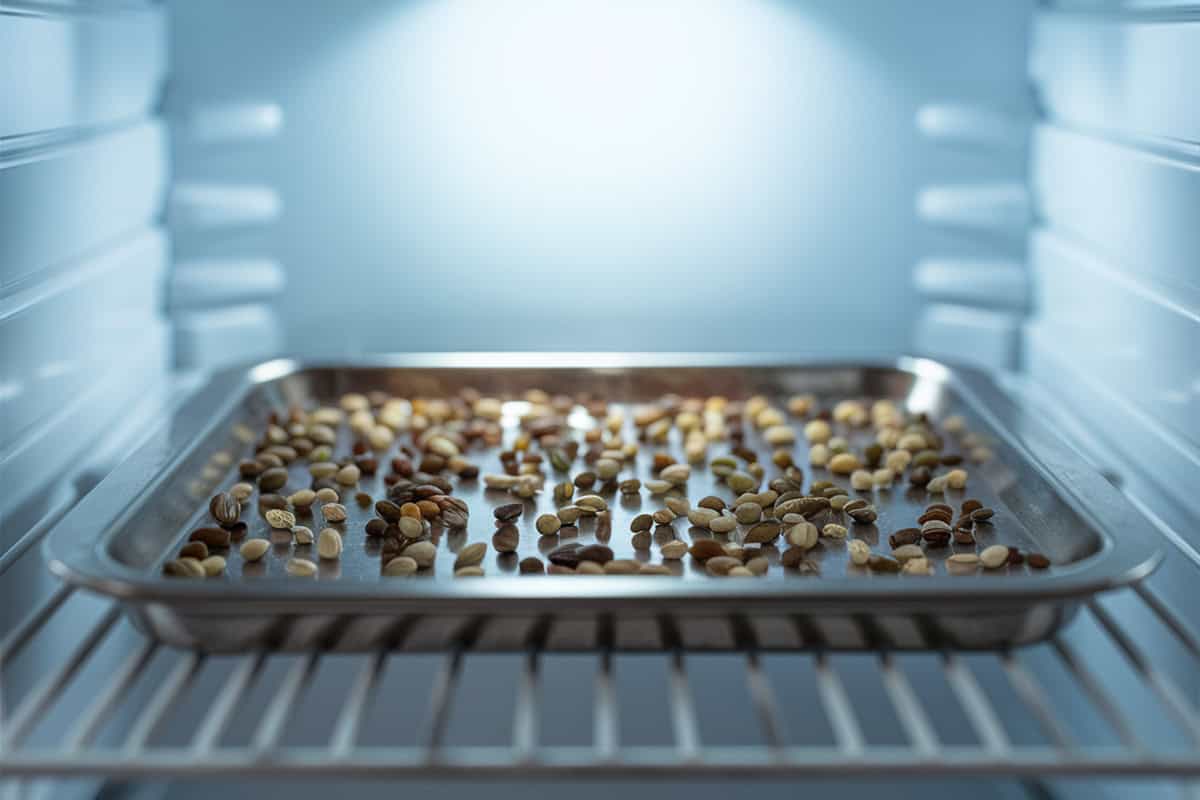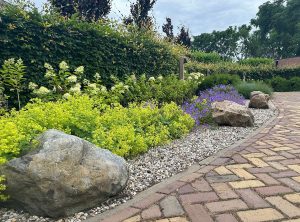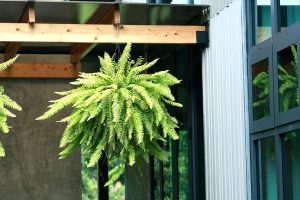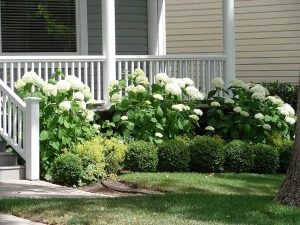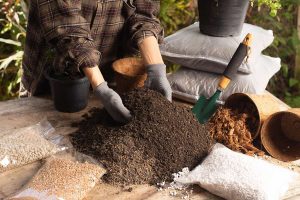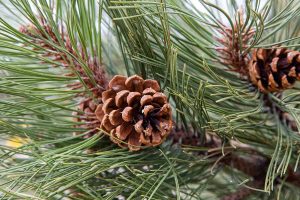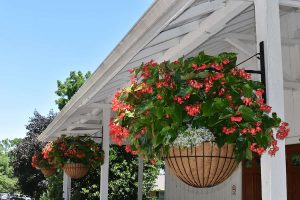You’re excited to start your garden, but some seeds just won’t sprout no matter what you do. This is where cold stratification comes in—a simple technique to break seed dormancy and boost germination rates. In this article, you’ll explore effective methods to cold-stratify your seeds, ensuring your garden flourishes from the very start.
Table of Contents
What Is Seed Stratification
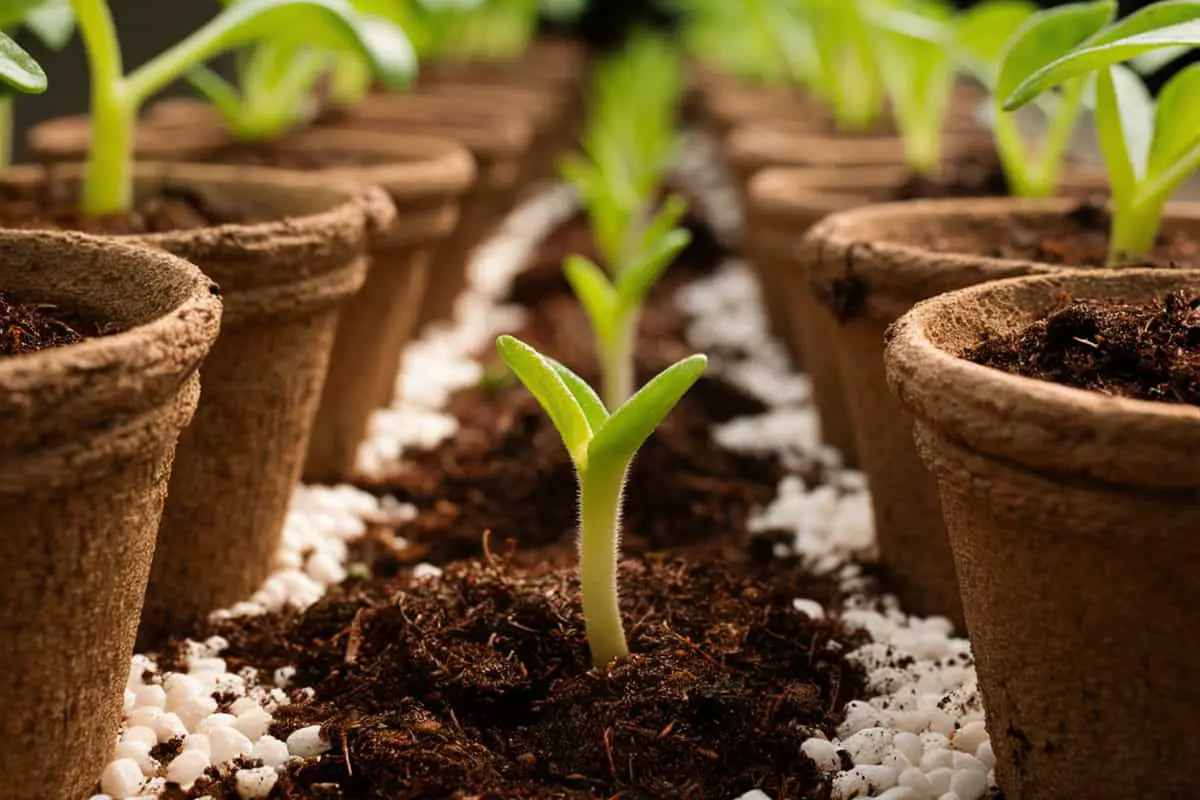
Seed stratification is a process to simulate natural conditions seeds need before germination. Many seeds require exposure to cold and moist environments to break dormancy. This prepares them to sprout when planted.
You can stratify seeds by placing them in a refrigerator. The temperature should be between 33°F to 40°F. The seeds should stay moist but not overly wet to prevent mold.
Some methods of stratification include storing seeds in a plastic bag with a damp substrate. This ensures the same moisture and temperature conditions are maintained.
Other techniques involve sowing seeds outside during the winter. This allows them to experience natural seasonal changes.
Seed stratification is crucial for seeds from many temperate region plants. It mimics winter conditions, providing necessary pre-germination treatment. As a result, these seeds are more likely to sprout when conditions are favorable.
Certain seeds may also require a combination of warm and cold stratification. First, expose them to warm temperatures; then follow up with cold conditions. This process helps break down protective seed coats.
Using these methods improves germination rates and success in growing plants. Effective stratification ensures seeds have the best start for growth and development.
Benefit of Seed Stratification
Improved Germination Rates
Seed stratification enhances germination by simulating winter conditions through exposure to cold, breaking seed dormancy.
Healthier and More Robust Plants
Seeds that undergo cold stratification often sprout stronger and grow faster, leading to healthier plants.
Synchronized Germination
Stratification leads to uniform and timely growth patterns, making plant development more predictable.
Expanded Plant Variety
Cold treatment allows you to grow a wider variety of plants, including unique native species that require stratification.
Increased Success with Perennials and Wildflowers
Many perennials and wildflowers need stratification to grow properly, increasing your chances of success with these plants.
Cost Efficiency
Buying seeds is more cost-effective than purchasing mature plants. Stratification helps you maximize your investment by improving seed viability.
Support for Pollinators
Stratified plants often benefit bees and butterflies, supporting essential pollinator populations in your garden.
Ways to Cold Stratify Seeds
Cold stratification involves treating seeds to simulate winter conditions. This process can enhance germination rates. The methods below will help you achieve successful cold stratification.
Refrigerator Method
The refrigerator method is one of the most straightforward ways to cold stratify seeds. Wet a paper towel and place the seeds in a single layer. Fold the towel over, so the seeds don’t fall out. Place it in a plastic bag and store it in the refrigerator at 33°F to 40°F. Check weekly to ensure the seeds remain moist but not soggy. This method is practical for most types of seeds that require cold-moist conditions.
Outdoor Method
The outdoor method takes advantage of natural winter conditions. After collecting the seeds, sow them in the soil in late fall. The seeds will benefit from the cold temperatures throughout winter, breaking dormancy by spring. Ensure your planting area has good drainage to prevent waterlogging. This method is effective and low-maintenance, relying on the environment to do the work for you.
Cold Frame Method

Using a cold frame for stratification provides a controlled environment outside. Construct or purchase a cold frame and place your seeds in trays inside it. The cold frame keeps the temperatures stable while allowing you to monitor moisture levels easily. This method is suitable for gardeners with space constraints and offers protection from extreme weather. It adds an extra layer of control that can be beneficial in unpredictable climates.
Freezer Method
The freezer method is less common and suitable for specific seeds that can handle extreme cold. Place your seeds in a sealed plastic bag and store them in the freezer for a short period, typically one to two weeks. Remove the seeds and let them thaw slowly before planting. This method should be used cautiously as not all seeds tolerate freezing well. It mimics the natural freeze-thaw cycles some seeds experience in the wild.
Snow Method
The snow method involves using snow to stratify seeds. Scatter the seeds on top of the snow in late winter. As the snow melts, it will carry the seeds into the soil, where they will experience the remaining cold period before germination. This method works best in regions with consistent snow cover. It is a natural approach that leverages the slow melting process to settle seeds into the ground.
Ice Cube Method
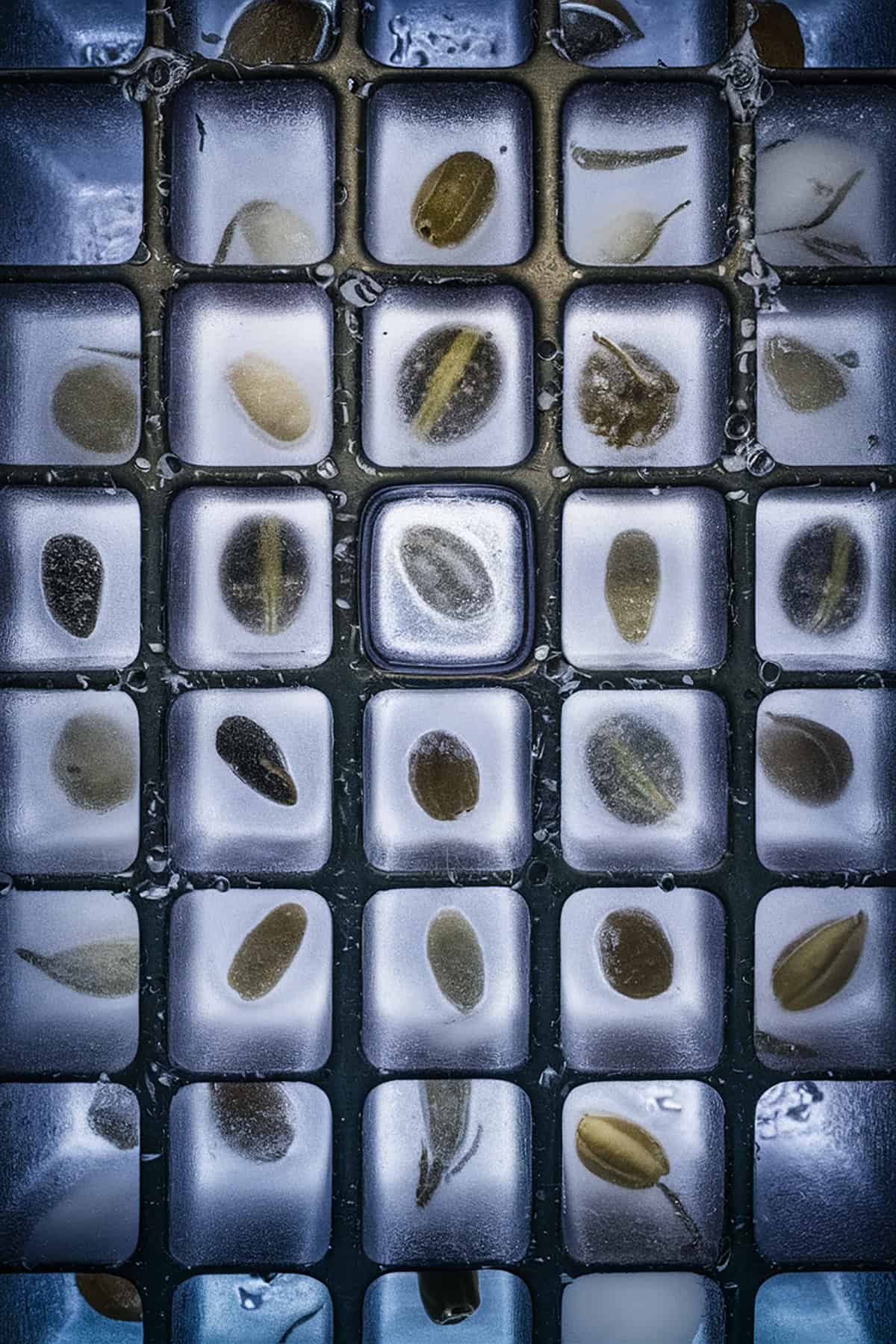
The ice cube method is a creative way to provide cold moisture to seeds. Place seeds in an ice cube tray and fill it with water. Freeze the cubes and then let them melt slowly at room temperature. This process can mimic the gradual moisture and temperature changes seeds would experience outdoors. It’s a unique method that can be used when other options are unavailable or inconvenient.
Other Methods
Other methods for cold stratifying seeds include using moist sand or vermiculite. Mix seeds with these materials and store in a cold environment like a refrigerator or unheated garage. This technique offers flexibility in how you prepare and handle the seeds. It is suitable for various species that require different stratification conditions. Experimenting with different materials may yield better results for specific seeds.
Plants That Need Seed Stratification
Certain plants need seed stratification to break dormancy and promote germination. The process involves cold treatment and moisture.
Perennials: Many native perennials need cold stratification. For example, butterfly weed and milkweed seeds need a cold period to germinate.
Trees and Shrubs: Some trees and shrubs also need this treatment. Dogwood and holly are common examples. Cold stratification mimics winter conditions to trigger growth when warm temperatures return.
Wildflowers: Various wildflower species benefit from cold stratification. Lupines and coneflowers are good examples. These flowers need cold to ensure successful germination.
Fruits and Nuts: Some fruit and nut trees need stratification. Apple seeds and walnut seeds require a cold period. This requirement helps synchronize germination with favorable growing seasons.
